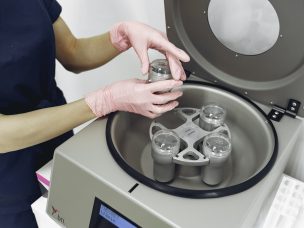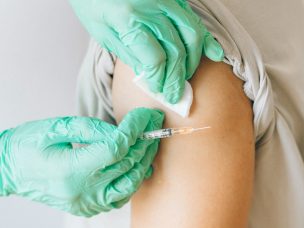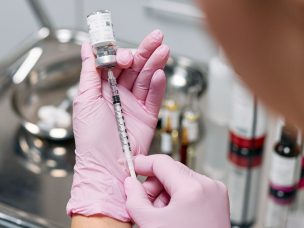Alopecia
The Role of Oxidative Stress in Alopecia Areata
Alopecia areata is caused by complex factors, including oxidative stress. This review provides details about how oxidative stress impacts AA, and how this information can be used to better treat the disease. The pathogenesis of alopecia areata (AA) is not currently understood in detail, although it is known that the collapse of the hair-follicle-immune-privileged (HFIP)...
Alopecia Areata: Its Psychological Burden and the Need for Solutions
Patients with alopecia areata experience a varied disease burden, with many mental health consequences. This article describes current research on the medical and psychological effects of the disease. Alopecia areata (AA) is an autoimmune disease that causes hair loss, with severity correlating to degree of hair loss throughout the body. AA tends to have a...
The Psychosocial Burden of Alopecia Areata
Alopecia produces distinct physical symptoms, but also has a complex psychosocial effect on patients, which this study describes in detail. Alopecia areata (AA) is an autoimmune disease that affects about 2% of the population and can cause inflammation in any hair-bearing area, although most commonly in the scalp. Beyond the physical effects of the disease,...
Microneedling With PRP Outperforms PRP Alone in Treating Androgenetic Alopecia
When PRP and microneedling are used together, it leads to improved hair count, more negative hair-pull tests, and better results. Androgenetic alopecia (AGA) has a significant psychosocial impact on affected individuals. Platelet-rich plasma (PRP) therapy is a popular intervention for reducing hair loss in both male and female patients. Microneedling is a technique that involves...
Alopecia Areata After COVID-19 Infection and Vaccination
Rarely, some individuals may develop symptoms of alopecia areata following COVID-19 infection or vaccination, which are associated with pro-inflammatory cytokines that are also implicated in the pathogenesis of alopecia areata. Alopecia areata (AA) concerns have emerged following COVID-19 vaccination and infection. This cross-sectional analysis evaluated the relationship between COVID-19 infection or vaccination and AA. The...
Association of Alopecia-Related Emotional Symptoms With Daily Activity and Work Productivity
Alopecia areata patients reported significantly increased daily activity impairment and work productivity loss, which correlated to worsening emotional symptoms. Individuals suffering from alopecia areata (AA) tend to experience significant psychological and emotional distress that affects their work productivity and quality of life. This study demonstrated that emotional symptoms related to AA correlate with increased activity...
Oxidative Stress, Biomarkers, and Potential Therapeutic Approaches in Alopecia Areata
Oxidative stress and associated biomarkers are potentially implicated in the pathogenesis of alopecia areata. Novel therapeutic approaches may target these mechanisms for the efficient treatment of alopecia areata. Alopecia areata (AA) can be referred to as a form of non-scarring hair loss. Oxidative stress (OS) plays a potential role in an imbalanced redox state in...
Efficacy and Safety of Janus Kinase Inhibitors in Alopecia Areata
A recent meta-review determined that Janus kinase inhibitors, including baricitinib and deuruxolitinib, may be effective for treating alopecia areata, with treatment response being determined by dosage. Cytokines implicated in the pathogenesis of alopecia areata (AA) function via activating Janus kinase signaling pathways, which induces phosphorylation of signal transducer molecules and activates transcription (STAT) molecules. The...
Pediatric Pulse Dose Corticosteroid Therapy for Alopecia Areata Treatment
Pulse dose corticosteroid therapy regimens, both in the form of oral and intravenous administration, are therapeutically beneficial and have a good safety profile in the improvement of AA in the pediatric population. Studies report the administration of pulse dose corticosteroid therapy (PDCT) in the pediatric population for treating alopecia areata (AA); however, previous studies have...
More Medical News














